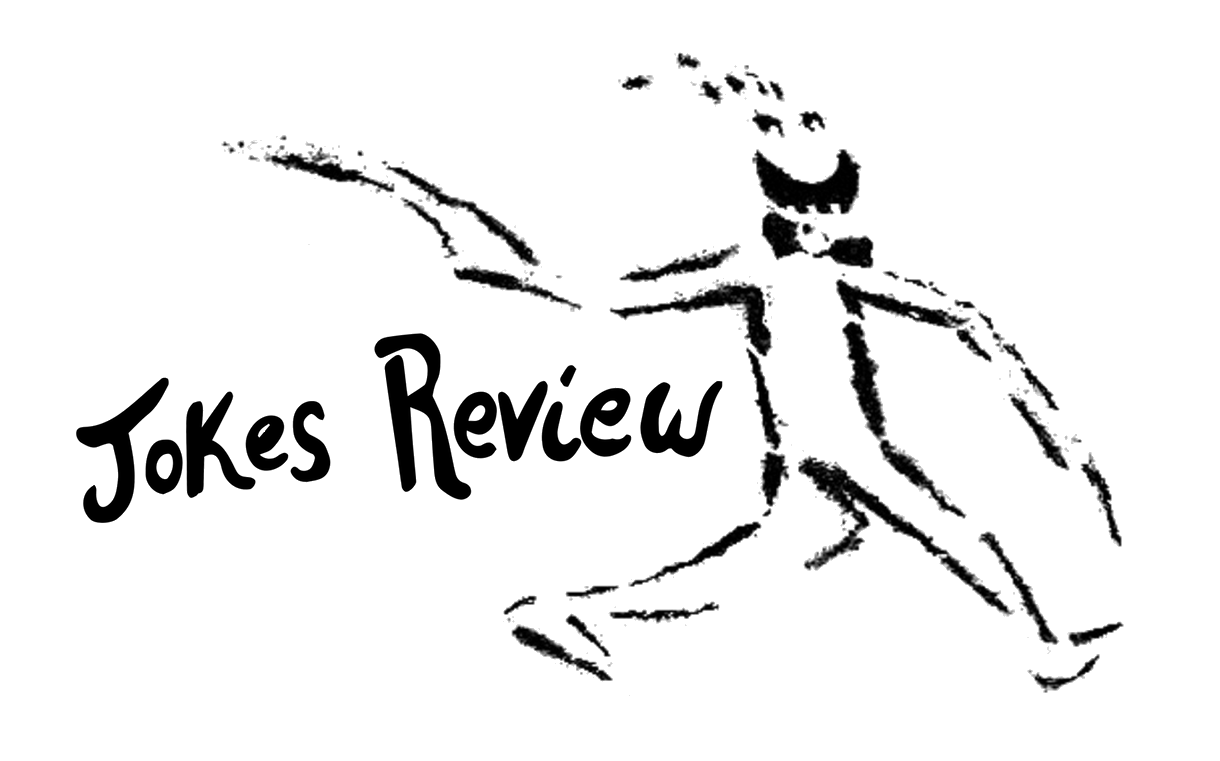by Peter Clarke
The Coen brothers are two of the greatest screenwriters of all time. Fargo, The Big Lebowski, Burn After Reading… Nearly everything they touch turns to dark-comedy gold.
But Ethan Coen is isn’t just a brilliant screenwriter, it turns out he’s also a hell of a short story writer. His 1998 collection, “Gates of Eden,” is often just as entertaining as his movies—if that could even be possible. His superpower as a writer is creating incredibly strong characters that come alive on the page (usually gangsters or detectives).
At the end of his book, I expected to find the typical author bio. Instead, in the “About the Author” section, there was one final fictional character. I always love it when authors have fun with their own bio, although it can seem forced and lame. In Coen’s case, I was thrown off by the serious tone of the bio, and only halfway through realized it was a joke. And it struck me as hilarious.
Not to be confused with the famous screenwriter, here’s Coen’s full bio as an “accomplished nudist”:
ABOUT THE AUTHOR
Ethan Coen is the Samuel Gelbfisz Professor of English as a Second Language at the University of Colorado at Boulder. He is the author of Homeward Plods: Images of the Cowswain in 18th Century Verse, and For Art's Sake: Schopenhauer's Esthetics. he is married to the Percussionist Grace Buller-George, whose husband Sir Hugh Ayrehead-Maybe of the Austin-Davies Ayrehead-Maybesis Chief Disciplinarian of the Glamorgan Male Choir. They have two children, Alun and Gwynff, as does he. Coen is an accomplished nudist and is the author of a study of Scott's Kenilworth which was universally ignored, as well as of three volumes of poetry or, if any publisher should prefer, one big one.
Of course, there is a real bio on the back sleeve of the book:




